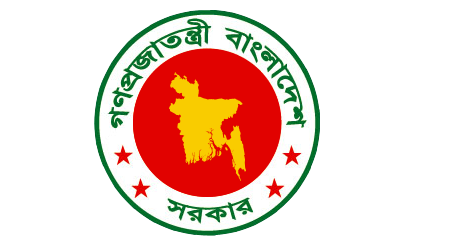The Financial Literacy Training for Extreme Poor and Vulnerable Women created in response to the overwhelming need for material that empowers women financially and takes them on a journey of learning and growth. This project is based on the vision to have socially and economically empowered women who act as agents of change in their own lives for a more equitable world. The aim is to positively influence financial attitudes and behavior in women, increase levels of financial literacy, enhance access to financial services and further facilitate inclusion.
- Home
- NSSS
- M&E/MIS
- Governance
- Advisory Council Committee on Social Protection Programmes
- Cabinet Committee
- Central Management Committee (CMC) on Social Protection
- Project Steering Committee (PSC)
- Project Implementation Committee (PIC)
- Action Plan Implementation Sub-Committee
- Focal Point
- Thematic Cluster
- Sub-National Committees
- GO-NGO
- Local Consultative Group (LCG)
- System Strengthening
- Resources
- About
- Conferences
- Home
- NSSS
- M&E/MIS
- Governance
- Advisory Council Committee on Social Protection Programmes
- Cabinet Committee
- Central Management Committee (CMC) on Social Protection
- Project Steering Committee (PSC)
- Project Implementation Committee (PIC)
- Action Plan Implementation Sub-Committee
- Focal Point
- Thematic Cluster
- Sub-National Committees
- GO-NGO
- Local Consultative Group (LCG)
- System Strengthening
- Resources
- About
- Conferences



